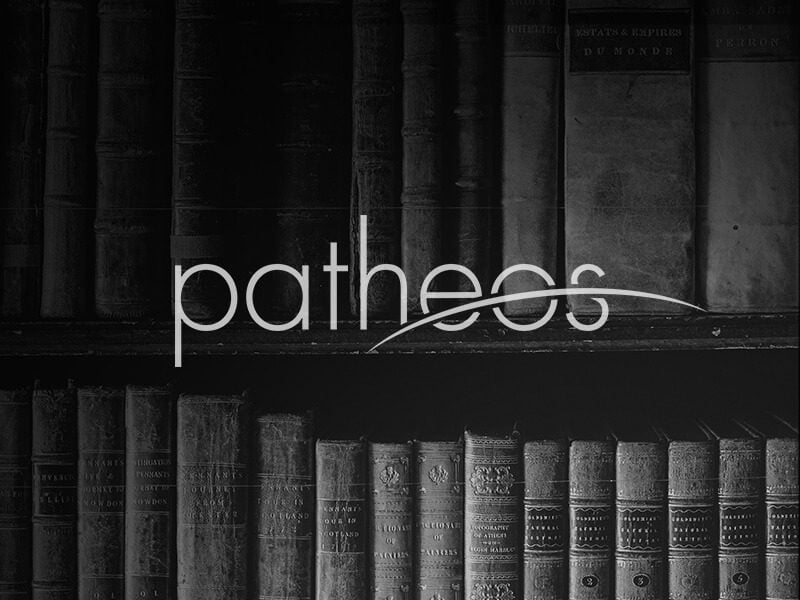“A foolish consistency is the hobgoblin of little minds.” Emerson
The question of textual consistency is a fundamental issue in the Documentary Hypothesis. The essential argument is that doublets (two similar stories) and inconsistencies in names or details in a text point to multiple authorship or sources. For example the use of the name Yahweh (the LORD) or Elohim for God may reflect two different texts—the Yahwist and Elohist. Was the mountain of Yahweh’s revelation Sinai (Leviticus) or Horeb (Deuteronomy)? In the Documentarian view, these differences and inconsistencies reflect multiple sources. The Pentateuch is divided into separate texts which remove these perceived inconsistencies.
First, it should be noted that what modern scholars perceive as inconsistencies or doublets may not have been so understood by ancient authors. For one thing, repetition was often viewed as a positive stylistic quality in ancient sources, probably due to the widespread cultural importance and impact of poetry. On the other hand, repetition is generally avoided in modern writing styles.
Furthermore, doublets can be an intentional part of literature. Take your average cowboy movie. There are usually several gunfights between the hero and various villains, who are usually named Joe, Ed, Dave and Pete. Documentarians might look at this movie and object: that there can’t be four gunfight scenes in a cowboy movie, especially since the hero always wins. And look at the patterns within these repetitious stories. The hero and the villain always face each other in main the street. They always stare at each other. They always exchange laconic insults. The townspeople always flee out of the way. And the hero always kills the villain with a pistol. And the movie ends shortly after the villain is killed, with the hero getting the girl. Because of these similarities between the fight scenes, the Documentarians might insist that there were originally four different movies, each with only one gunfight against a different villain: Joe, Ed, Dave or Pete. Someone later edited each of the four originally independent movies together. Of course, they would be dead wrong, since they are missing the cultural context and patterns of symbolism in cowboy movies. Cowboy movies have a number of set archetypal themes that they weave together in repetitious patterns. Multiple gunfights in one movie are part of that cultural pattern. Nor does the fact that cowboy movies have archetypal gunfights demonstrate that there were never any real gunfights in the Old West. The symbolic archetype exists in movies and literature because it reflects a real historical pattern.
Of course the specific arguments of the Documentarians is more complex than this. But a lack of sensitivity to the cultural meaning of ancient patterns of repetition can create misperceptions of the ancient significance of perceived doublets or inconsistencies.











